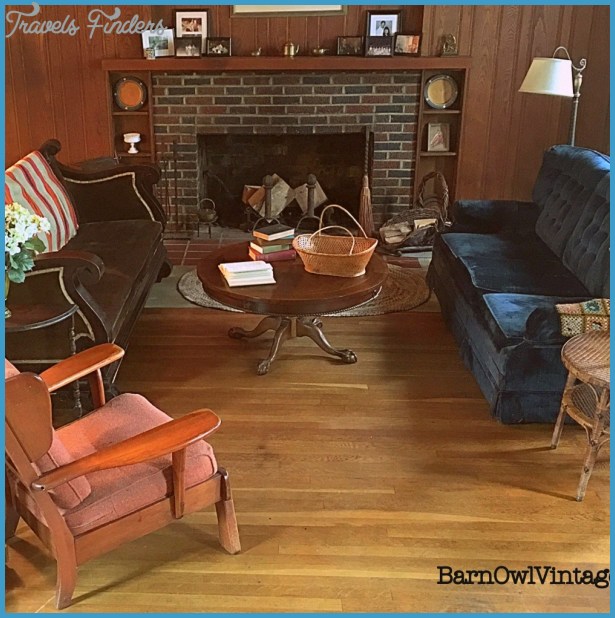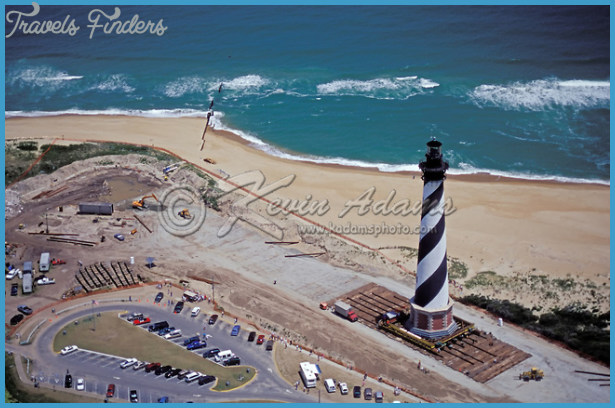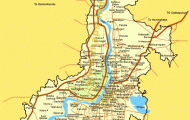IN A DRIVE ALONG North Carolina’s Outer Banks, you don’t require exceptional powers of observation to see that what the sea wants to do, it does. Any attempts on our part to control it work about as well as sticking the proverbial finger in the dam.
Fortunately, that’s what the engineers were thinking when they decided that the best way to protect Cape Hatteras Lighthouse from the threatening sea was to move it out of the way. They studied many options, among them rock jetties, an encircling seawall (in which case the lighthouse would eventually sit on an island), and floating seaweed mats to control the surf. But the problem was that the lighthouse foundation sat on a short stack of yellow pine timbers constantly immersed in fresh water. When the sea won its battle, as it inevitably would, saltwater would seep to the foundation, causing the timbers to rot. Nothing could save the lighthouse once that happened.
So the National Park Service accepted the conclusion made by the National Academy of Sciences and prepared to move the lighthouse to a safe inland site. They hired International Chimney Corporation of Buffalo to make the move. The company excavated the foundation, separated the tower from its lower granite plinth, and inserted a temporary support system of steel beams, one hundred hydraulic jacks, and special rollers. They cleared a flat, level path and laid down a short row of steel I-beams for the rollers to move on. Hydraulic jacks pushed the lighthouse over the steel-beam mat, and once it had cleared a section of beams, workers moved them to the front of the line. In this manner, the steel mat was leapfrogged along the 2,900-foot path. Computers controlled the entire process.
At 3:05 p.m. on June 17, 1999, the Cape Hatteras Lighthouse began its journey to its new home, where it arrived safely at 1:23 p.m. on July 9. The move, expected to take up to six weeks, had been completed in only twenty-three days. District Ranger Steve Ryan wrote a citation to an official from the moving company for exceeding the posted speed limit for the lighthouse.
During the twenty-three-day voyage, Cape Hatteras Lighthouse became America’s superhero. All the major networks covered the event, live webcams broadcast the progress, airplanes filled with photographers flew overhead, and thousands of visitors witnessed the event firsthand from viewing areas set up along the course. In the months that followed, books were written and videos were produced. In May 2000, National Geographic covered the story. Moving America’s Lighthouse truly was the Move of the Century.
For many people, Hatteras is the favorite of the northern Outer Banks villages, with its relatively subdued development, picturesque marinas, and soundside views. At the south end of Hatteras, you have to board a ferry to finish the route. The free forty-minute ferry ride from Hatteras to Ocracoke Island is the highlight of the trip for many travelers. Be sure to bring something to toss to the gulls while riding the ferry. Gulls will eat anything you throw at them, so it’s up to you to look out for their health. Shelled hard corn works well since it’s a natural food and easy to throw. Leave the Twinkies in the car.
Once on Ocracoke Island, you have a twelve-mile drive to Ocracoke on the south end. Although not immune from modern development, Ocracoke is the quintessential coastal village, retaining much of the charm from its early days. The local people even have their own dialect, known as the Ocracoke brogue. One particular characteristic of the dialect is the pronunciation of i as oi, which has led Ocracokers to be referred to as hoi toiders. The best way to explore the village is on foot. Walk the waterfront of Silver Lake (locals call it the Creek) and down the tree-lined sandy lanes off the main road. Be sure to
visit Ocracoke Lighthouse, the nation’s oldest operating lighthouse.
Except for the village, all of Ocracoke Island lies within Cape Hatteras National Seashore, so you have twelve miles of beach and soundside to explore. A sand road leads to the beach from the village area, but unless you have a four-wheel-drive vehicle, you would likely get stuck before you reached your destination. Several points between the village and the ferry dock provide beach access for those in regular vehicles. A few sand roads also lead to the soundside.
After exploring Ocracoke, you have two options. You can backtrack, or you can take one of two ferries across Pamlico Sound. One ferry takes you to Cedar Island and the end of Route 26. The other takes you to Swan Quarter, which is located along Route 23. For either ferry, it’s a good idea to make reservations well in advance for a trip during the tourist season.
The setting sun illuminates Ocracoke Lighthouse in Ocracoke Village.
The beaches on Ocracoke Island provide the perfect getaway.
The carnivorous water sundew catches its prey with sticky secretions on its leaves.
















